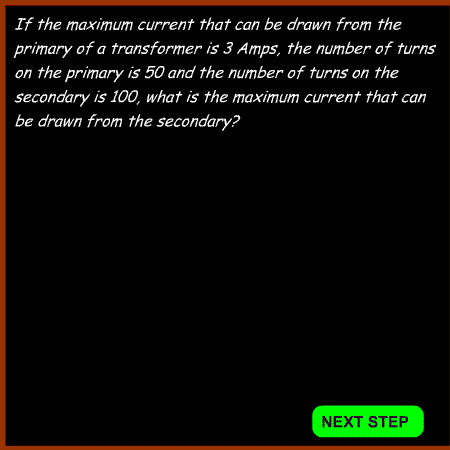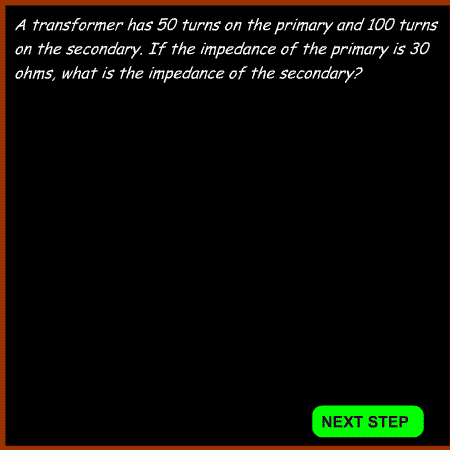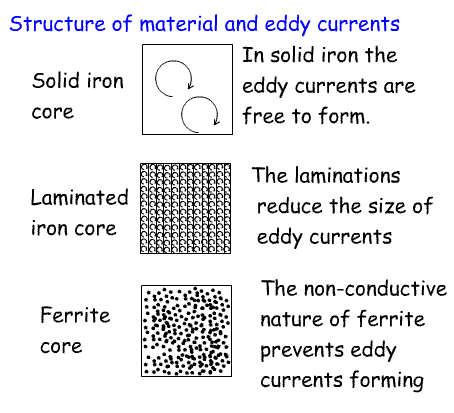| LEARNING OBJECTIVE and NOTES
|
|
| Transformers
|
|
3j.1 Understand the concept of mutual inductance.
Understand and apply the formulae relating transformer primary and secondary turns to primary and secondary potential differences and currents.
A transformer is used to raise or
lower the voltage of an AC sine wave. For example most modern
transceivers have a power supply that converts 240V mains to about 12V.
How a transformer works:
A number of turns of wire are wound
on a core of iron or ferrite. Another coil is wound on the same core,
but with fewer turns. When an alternating voltage is applied to the
first coil a lower voltage appears at the output of the second coil.
This transfer of energy from one core to the other is called MUTUAL INDUCTANCE. This will take place without the core, but the core improves the transfer of energy.
In the same way that a voltage can be
stepped down, it can also be stepped up by having a secondary coil with
more turns than the primary core.
The actual transformation from one voltage to another can be calculated using the following formula:

Where Vs = voltage on secondary
Vp = voltage on primary
Ns =number of turns on the secondary
Np =number of turns on the primary
The actual transformation from a maximum current that can be drawn can be calculated using the following formula:

Where Is = current in secondary
Ip = current in primary
Ns =number of turns on the secondary
Np =number of turns on the primary
From Example 2 we can see that in a step up transformer the current
available from the secondary decreases. In a step down transformer the
current from the secondary increases.
|
Example 1

Example 2

|
3j.2 Understand and apply the formula relating transformer primary and secondary turns to primary and secondary impedances.
As we are
dealing with AC, the transformer primary and secondary will also
have specific impedances. This is important when we are dealing
with RF transformers as we often need to transform one impedance to
another. For example most inputs to transceivers have a 50 ohm
impedance, so the primary coil linked to the antenna will need an
impedance of 50 ohm. If this is feeding into an RF amplifier with an
impedance of 500 ohms, then the output will need to have a 500 ohm
impedance.
This is the formula for calculating impedances in transformers:

Where
Zp = impedance of primary coil
Zs = impedance of secondary coil
Np = number of turns on primary
Ns = number of turns on secondary
|
Example 3

|
3j.3 Understand the cause and effects of eddy currents and the need for laminations (or ferrites) in transformers.
As we have seen above, a core of iron
is used to improve mutual inductance in transformers. Not only does the
primary field induce a current to flow in the secondary winding, but it
also causes Eddy currents to flow in the core. This produces a loss of
energy in the secondary winding and causes the core to increase in
temperature.
For eddy currents to flow there has
to be a circuit. By breaking up the core with some sort of
insulation these circuits cannot form and so eddy currents are reduced.
In iron cores this is achieved by
using slim sheets of iron (laminations) separated by insulation. This
prevents eddy currents circuits forming. However it is only effective
at low frequencies such as the 50Hz of the mains electricity supply.
Ferrite cores are non conducting -
try measuring the resistance of a core with a resistance meter. This
means that eddy currents can not form because of the high resistance of
ferrite. These can be used as the core of transformers at much higher
frequencies.
|

|

